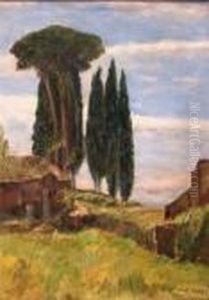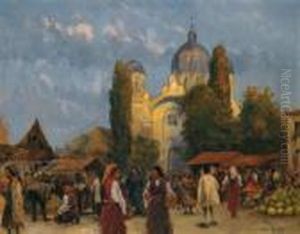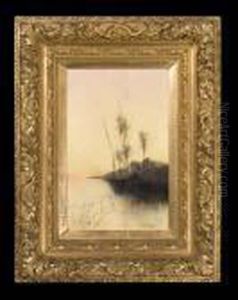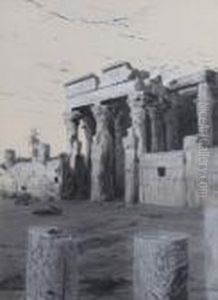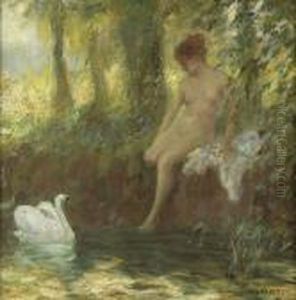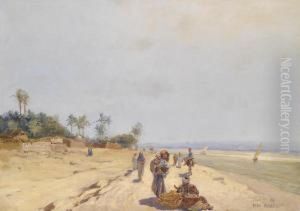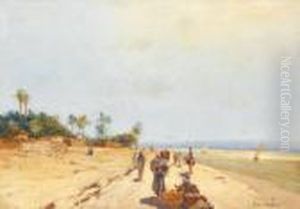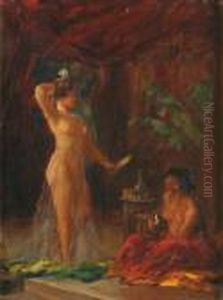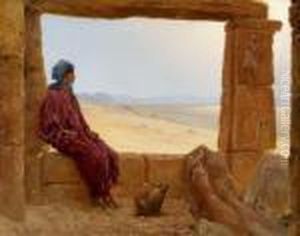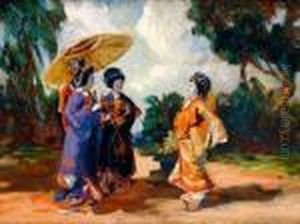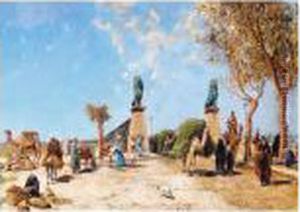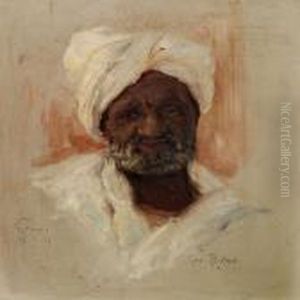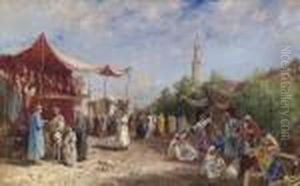Max Friedrich Rabes Paintings
Max Friedrich Rabes was a German Orientalist painter, born in 1868 in Dresden, Germany. He is particularly known for his depictions of scenes from the Near East and North Africa. Rabes studied at the Dresden Academy of Fine Arts under the guidance of the landscape painter Eugen Bracht, who was known for his Orientalist works as well. Influenced by Bracht, Rabes developed a keen interest in exotic landscapes and cultures, which became the central theme of his artistic work.
Rabes traveled extensively through Egypt, Syria, and Palestine, gathering inspiration for his paintings. His works are characterized by their attention to detail and the use of light to create atmospheric effects. They often feature architectural elements, local inhabitants, and market scenes that showcase the daily life and customs of the regions he visited.
During his lifetime, Rabes exhibited his paintings in various art shows and gained recognition for his unique style. His works were appreciated for their realism and the way they captured the essence of the Oriental scenery. Despite the popularity of Orientalist art in the late 19th and early 20th centuries, Rabes managed to create a distinct niche for himself with his particular focus on the landscapes and daily life of the Near East.
Max Friedrich Rabes' contribution to Orientalist painting was significant, as he helped to document and share the visual splendor of regions that were largely unfamiliar to the Western audience of his time. His paintings served as a cultural bridge, introducing viewers to the diverse and rich environments of the Orient. Rabes continued to paint until his death in 1944. His legacy is preserved in the collections of several museums and in the works held by private collectors who appreciate the historical and artistic value of his Orientalist scenes.

